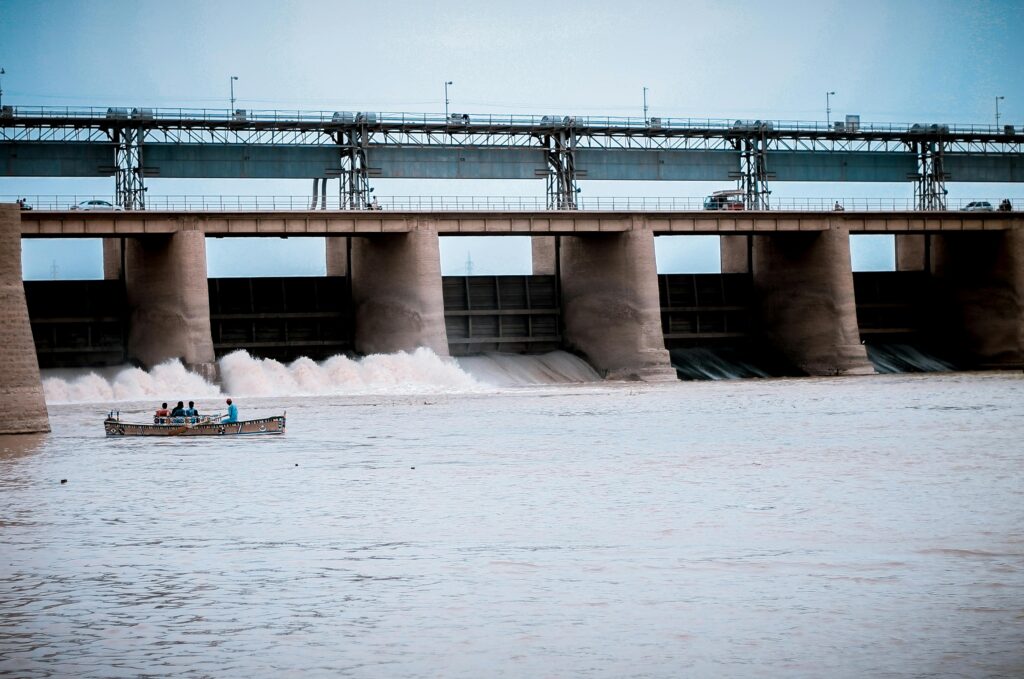
Thailand is taking a significant step towards renewable energy, targeting half of its electricity generation from renewable sources by 2037 under the recently drafted Power Development Plan 2024 (PDP2024).
However, achieving this goal is dependent on the Asean Power Grid, a region-wide initiative first proposed in 1997 to interconnect the electricity infrastructures of Asean member states.
Initially, the Asean Power Grid made slow progress due to financial constraints, technical challenges, and a lack of political coordination. Yet recent years have seen renewed momentum, with increasing recognition of the Asean Power Grid’s role in enhancing regional energy security.
The Asean Power Grid consists of various cross-border transmission projects organised into northern, southern, and eastern sub-regions. Currently, interconnected electricity trade is mainly concentrated in the northern sub-region, involving countries such as Laos, Thailand, and Vietnam.
The Asean Interconnection Masterplan Study (AIMS III), endorsed at the 39th Asean Ministers on Energy Meeting in 2021, anticipates rapid expansion of the APG within the next 15 years, aiming for a fully interconnected regional electricity system by 2045.
Cross-border electricity grids show a good solution for tackling intermittent renewable energy sources like solar and wind. Commercial sectors, especially factories, are reluctant to use clean energy for fear that an unsteady power supply will affect their manufacturing process.
By pooling energy production across diverse geographic areas, countries’ power can significantly stabilise fluctuations in energy supply. For instance, if Thailand experiences reduced solar generation due to cloud coverage, the interconnected Asean grid can allow Thailand to import wind-generated electricity from Indonesia or hydropower from Laos. Thus, the regional grid serves as a “virtual battery,” decreasing the need for backup generation from fossil fuels and significantly improving the reliability of power supply across the region.
The project’s economic and environmental advantages are also substantial. During peak solar production hours, Thailand can export surplus solar-generated electricity to neighbouring countries, such as Malaysia, and vice versa. That helps countries in the region optimise resource consumption and reduce energy waste. In terms of economics, it helps Thailand, which is overly dependent on gas-fired power plants.
The rising electricity demand from data centres across Asean further strengthens the case for an integrated regional grid. These facilities require stable and reliable green electricity to meet investors’ sustainability targets, driving electricity consumption in countries such as Singapore. This presents a strategic opportunity for Thailand to attract domestic data centre investments through renewable energy and grid infrastructure investment.
The Lao PDR-Thailand-Malaysia-Singapore Power Integration Project (LTMS-PIP), operational since 2022, exemplifies the potential benefits of regional grid integration. Initially, Laos exported up to 100 MW of renewable electricity to Singapore via existing transmission infrastructure through Thailand and Malaysia. Due to the project’s initial success, the export capacity was doubled to 200 MW in September 2024.
Key success factors of the LTMS-PIP include coordinated governance, enforceable regulatory clarity, and strong political support. For example, the project established four specialised governance task forces, each led by a participating country, to manage technical, legal, commercial, and tariff issues. This structured approach facilitated smooth coordination despite differing market frameworks among nations.
Above all, the project’s success was supported by strong political commitments, consistent high-level engagements, and unified messaging from Asean energy ministers, significantly advancing its acceptance and implementation. Despite such success, Thailand’s current role in the LTMS-PIP remains limited, primarily serving as a transit country and collecting wheeling charges of about 3.1585 US cents per kWh rather than actively exporting its own renewable electricity.
Thailand has substantial potential for renewable energy production, benefiting from its favourable geographic position and existing renewable resources. This is partly due to restricted access to the national grid, which remains exclusively operated by the Electricity Generating Authority of Thailand (Egat).
While the Asean Power Grid presents an opportunity, it also has setbacks. Chuenchom Sangarasri Greacen, an independent energy researcher, has raised concerns about the potential environmental impact of large-scale hydropower development, which may be encouraged by the cross-border grid.
According to her analysis, hydropower projects in tropical regions may emit greenhouse gases nearly equivalent to natural gas power plants. Additionally, increased droughts due to climate change could significantly affect hydropower reliability. This concern is underscored by recent data from the global energy think tank Ember, reporting a 21 TWh decrease in Asean’s hydropower generation in 2023 despite additional installed capacity.
Financing is another major hurdle. Cross-border transmission projects require significant capital investment. Different regulatory frameworks and laws among Asean member states will also complicate project approvals and financing arrangements.
To address this, Asean can look to successful European frameworks, such as the European Union’s Projects of Common Interest and Projects of Mutual Interest. These frameworks facilitate multilateral financing and international collaboration by defining clear benefits and risk sharing.
These EU frameworks have also been applied in other regional markets, such as the Southern African Power Pool and the Central American Power Market, with financing support from multilateral development banks.
Thailand must move beyond its passive role to fully realise its renewable energy ambitions through the Asean Grid. The country must reform its old regulatory framework by allowing third-party grid access instead of giving Egat sole control.
Thailand stands at a crossroads. Will it remain a transit participant in Asean’s regional energy grid, or will it seize the opportunity to lead as an exporter of renewable energy and a hub for green data centres?
The decision Thailand makes today will not only shape its own energy future but could also influence the trajectory of renewable energy development across Asean.
First published on the ฺBangkok Post.
